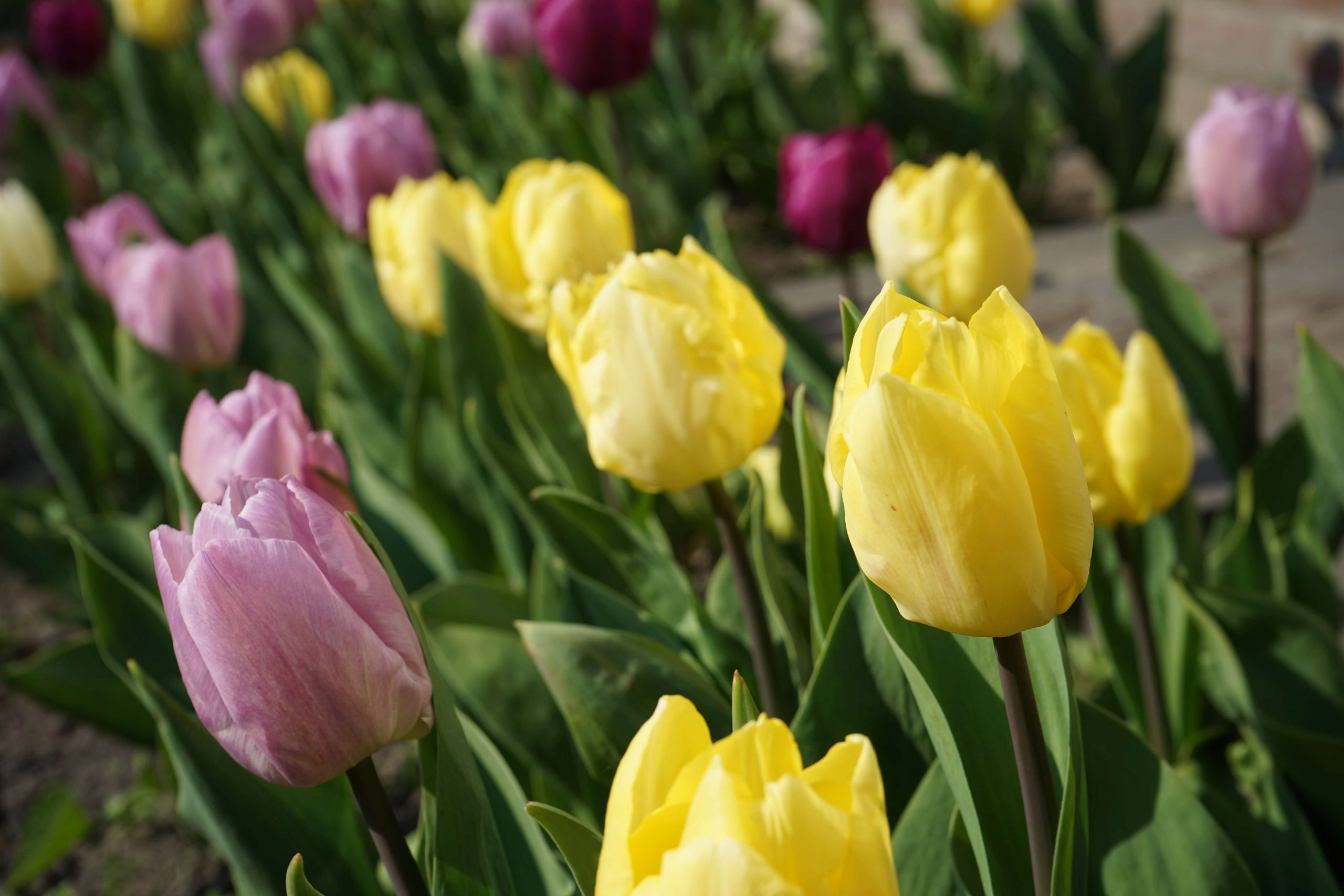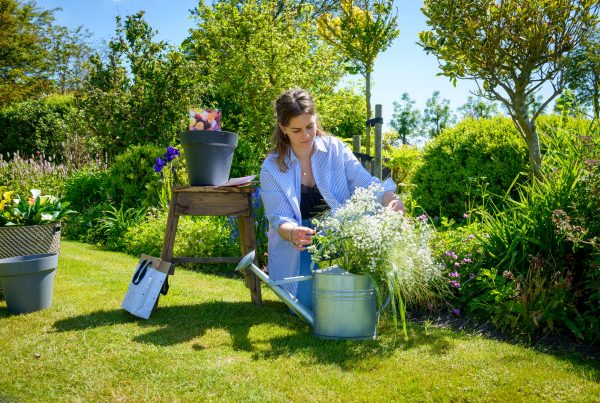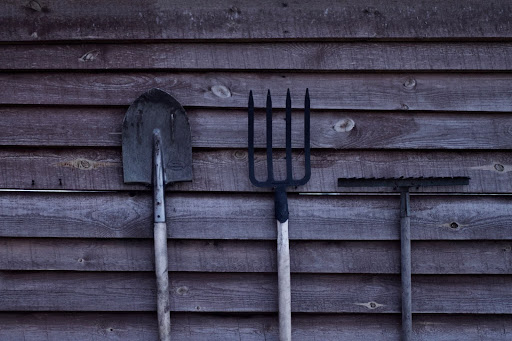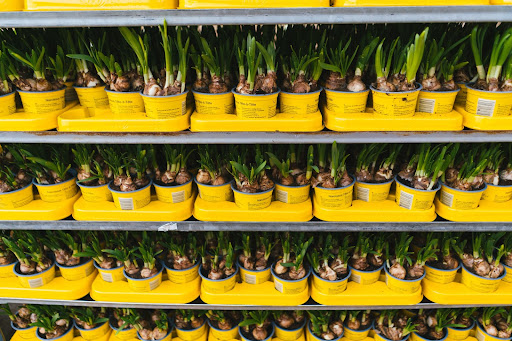Not many things in life are easy, yet caring for your flower bulbs isn’t hard at all. And you get to enjoy a beautiful bouquet of flowers by the end of it, which seems like a win-win to us. We’ve given you some information on where to buy your flower bulbs, how to take care for and how to plant them. In this article we’ll give you five useful tips on how to care for them before, during and after.
Pay attention to your flower bulbs at all times
Taking care of your flower bulbs is an ongoing process. It starts the moment you’ve bought them, occurs during planting season, is also important when they are blooming and when they bloom out. It is a full circle, especially if you have perennial flower bulbs in your garden. So be sure to pay attention and keep an eye on your garden, before, during and after to enjoy those beautiful flowers to the fullest.
Maintain the soil
To enjoy a thick, healthy and colorful flower bed you’ll have to put in some work. Besides planting the flower bulbs that is, you also have to maintain the soil in which they’ll grow. This means getting rid of those weeds, so the bulbs have all the room they need. Do be cautious not to damage the flower bulbs when you are weeding. If they do get damaged, you might not get a full flower bed or worse, they won’t bloom at all.
When and how much to water your garden
Besides getting rid of the weeds, the soil needs water to be fruitful for your flower bulbs. It may seem unnecessary to mention water, but it is that important. Also, during various periods different amounts of water are needed. In our previous article we mentioned that the bulbs should be watered directly after planting, because this stimulates the growth of the plant. Yet during a dry spring and summer, your flower bulbs only need to be watered occasionally. Fun fact, indigenous to dry and hot regions, a lot of spring flowering bulbs prefer drier over wetter soil when they are dormant during summertime.
Fertilization for the best results
It is a bit of a debate in the flower bulb world if fertilising is necessary or not. There is also the difference between annual and perennial flower bulbs. Annual flower bulbs don’t need any extra fertilizer, since all their nutrition for the blooming season is in the bulb itself. Perennials will start the process of preparing to flower for the next season during and right after their flowering period. This means it will be helpful to fertilize them due to the production of nutrients in this time. If you were to choose to fertilize your bulbs, a good time for spring flowering bulbs is at planting time or when the flowers begin to come up from the soil. Always be sure to fertilize right before rain, so the nutrients will soak in the soil of your garden.
Cut the flowers to safe energy
After blooming, a flower bulb will put its energy towards producing seeds. To redirect it, it is useful to cut off the flowers as they begin to fade. This way all of the energy goes to either new blooming or a bigger crop of blooming flowers in the following year. In essence it is to strengthen your flower bulb, for maximum enjoyment. It especially helps with tulips and daffodils. The exception to the rule are lilies, since they bloom once a year during summertime.
At Plant & Bloom we know and understand the power of flowers and wish everyone enjoys them as much as possible. If you follow these tips, you too will be able to experience how great flowers make you feel and how relaxing being in your garden can be. Spring is here, so get to work and see what the flower bulbs can do for you!





















